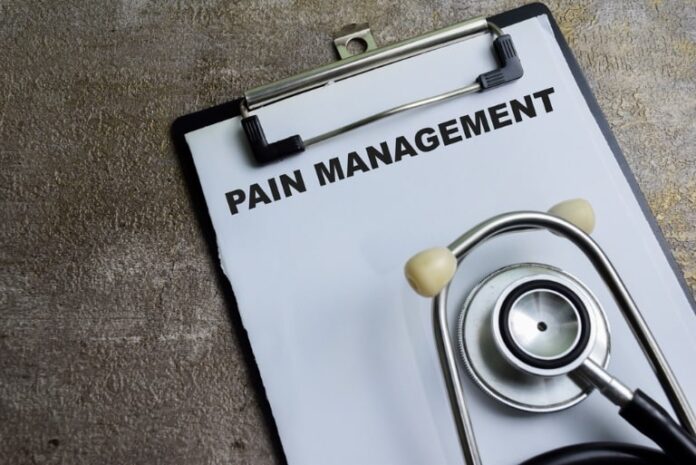End-stage renal disease (ESRD) represents a burden to patients and health care systems. Dealing with pain management is one of the most important challenges of all. Pain severely affects the quality of life of people suffering from this disease. Knowing how to deal with this problem can lead to better health results and peace of mind.
Understanding Pain in ESRD
Chronic pain in patients with ESRD is common. While the disease itself may trigger this discomfort, it typically stems from the underlying illness or treatments like dialysis. Neuropathy, bone disease, or vascular disorders are frequently involved. Finding the cause of the pain is essential to creating a successful renal failure hospice plan.
Assessment of Pain
The first step in managing pain is an accurate assessment. The patient should assess the severity, site, and quality of the pain. Tools like pain scalers can help a lot in this regard. Regular assessments can also assist in reevaluating treatments to ensure that they continue to work over time.
Non-Pharmacological Approaches
Managing discomfort non-pharmacologically is a huge component of effective pain management. Therapies like physiotherapy, electrical stimulation, acupuncture, and relaxation techniques may help. These approaches are often used in conjunction with medication to provide a more complete approach to patient treatment.
Pharmacological Interventions
Medication still plays an important role in managing pain for patients with ESRD. However, choosing the right medicines requires extreme caution. Inadequate drug metabolism with specific kidney disease thus necessitates dose adjustment. Widely utilized treatments comprise acetylsalicylic acid and some opioids based on the individual needs of the sufferers.
Opioid Use in ESRD
Even though opioids are effective for treating severe pain, they need to be used carefully, as they can have side effects. These effects may be more severe in patients with renal impairment. To mitigate harm, healthcare providers will often use an opioid that has fewer active metabolites.
Addressing Psychological Aspects
Pain is not limited to the body. Psychological factors can exaggerate the experience of pain. Mental health is critical in a pain management plan. Counseling and support groups may provide emotional support, helping to alleviate some of the psychological stress related to chronic pain.
Role of Nutrition
Nutrition is essential for the well-being of ESRD patients. Consuming a complete, contrasted diet can also alleviate symptoms and improve energy. If an individual has any dietary restrictions, consulting with a dietitian is crucial to meeting their nutritional needs.
Importance of a Multidisciplinary Team
The best solution most times is to be collaborative. Patients receive care from a team of doctors, nurses, dietitians, and mental health professionals. Each team member specializes in addressing specific factors that contribute to an individual’s illness, resulting in a comprehensive solution.
Patient Education and Involvement
Educating patients about their condition and various pain management strategies empowers them. Knowing why treatments are chosen promotes compliance and cooperation with the treatment plan. Engaging patients in their care generally leads to better outcomes, offering numerous benefits.
The Family’s Role
Having family to lean on is very helpful in dealing with ESRD. We can ask relatives for help in doing daily things and staying positive. Educating those in the same household about the patient’s condition can help facilitate further communication and comprehension of how to administer the best care possible.
Monitoring and Adjusting Treatment
Pain management is an ongoing process, and we may need to reassess our approach. Constant supervision from healthcare facilitates necessary treatment adjustments based on efficacy and the emergence of new symptoms. Taking this proactive approach means that the patient is always cared for.
Challenges and Considerations
It takes skill and experience to provide anticipation along with side effects. Furthermore, no two patients may respond the same way to treatments, hence the need for personalized approaches.
Conclusion
Management of pain in end-stage renal care is important for improving patients’ quality of life. Healthcare providers can address this complex issue through careful assessment, individualized treatment plans, and a multidisciplinary approach. But these are reasons enough to ensure that patients and their families are part of the care process as partners so that all aspects of well-being are covered. By diligent monitoring and adaptation, these goals can be met, thus relieving discomfort and improving health outcomes.




